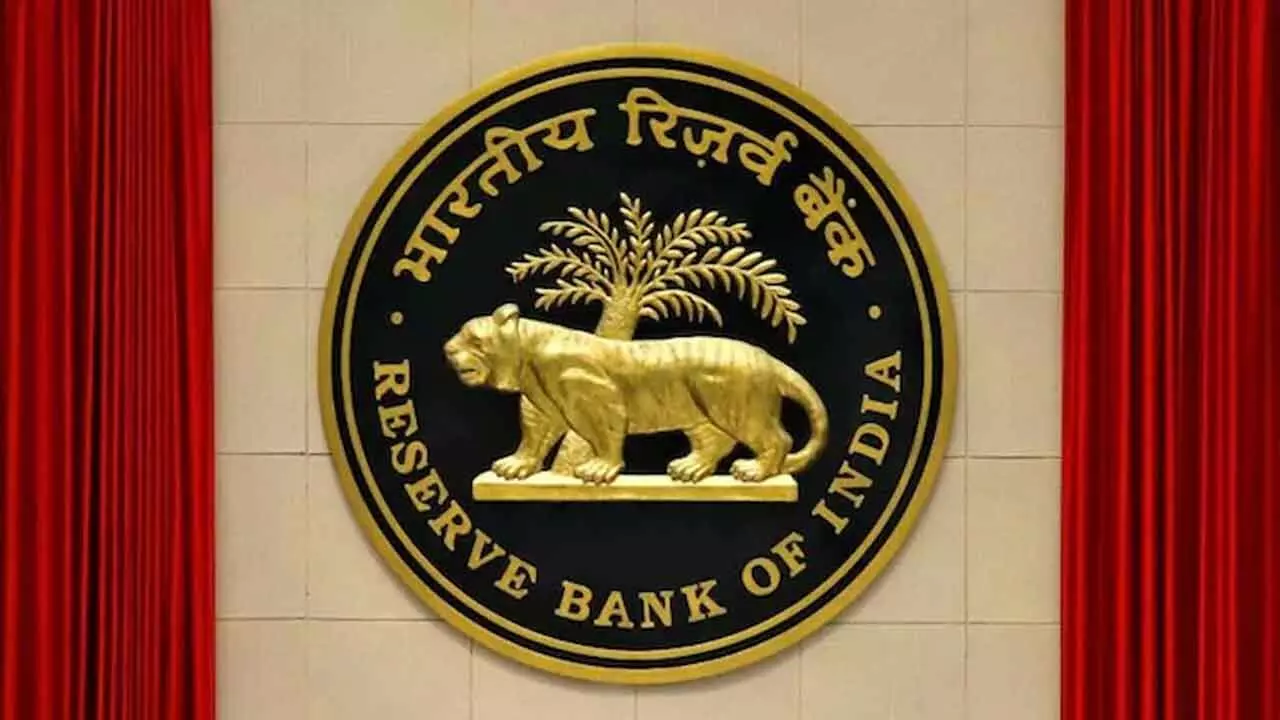A decision on rate-cut may only be taken by the year-end
A decision on rate-cut may only be taken by the year-end

The first rate-cut by the Reserve Bank of India (RBI) may come by the end of the year as the stance has been changing along with the rate action. The RBI governor’s emphasis during the recent MPC meet, even when the fragmented MPC pledged support to keep the policy rates unchanged for the ninth consecutive time with broader market expectations, remained on the skewed probability of downside risks gaining currency, dismantling the present equilibrium where risks appear evenly balanced and growth remains resilient, factoring in the choppiness prevailing in global markets. In line with its concerns on rising household debts in lower income groups, the regulator has also shifted its action to online digital lending apps. With a view to provide information and differentiate between genuine lending apps and otherwise cohorts, the central bank has decided to create a public repository of DLAs deployed by Res, which will be available on the RBI website. It is expected that this measure will put some check on the digitalized loan shark business.
The RBI has also decided to alter the frequency of reporting to credit information companies. The altered frequency that has been shortened from the present 30 days to 15 days is expected to give more up-to-date picture of a borrower’s debt. Moreover, the borrowers will have the benefit of updating information at a faster pace, while lenders will be able to make better risk assessment and effectively reduce the risk of over-leveraging by borrowers. The fluidity of global growth narratives, markets turmoil, and policy re-pricings found little space in the governor's speech, thanks to the easing of recent volatility in the financial markets. However, noisy food inflation back home and a still elusive four per cent inflation target formed the base for the RBI decision-making with skepticism on a relatively slower and uneven pace of disinflation. The MPC kept the repo rate unchanged at 6.5 per cent, led by two external members on the rate action and stance. The RBI reiterated that the policy must continue to be actively disinflationary to ensure fuller transmission, as the last mile of disinflation remains quite tricky.
The policy tone was confident on domestic dynamics with no change in FY25 growth and inflation, with skepticism shown by the RBI on noises led by food inflation and relatively slower and uneven pace of disinflation. Noisy food inflation back home and a still elusive four per cent inflation target formed the base for RBI to take decisions. As per MPC deliberations, the central bank may continue being 'actively disinflationary', and on wait-and-watch mode to assess multiple macro forces - unless, of course, global winds force them to focus on financial stability over the four per cent inflation mandate. Shifting debates on global narratives require the RBI to be flexible. However, the volatility in India FX and rates has been manageable amid the recent global market turmoil, giving flexibility to the RBI to stay focussed on domestic inflation and the financial sector risk management.eco

